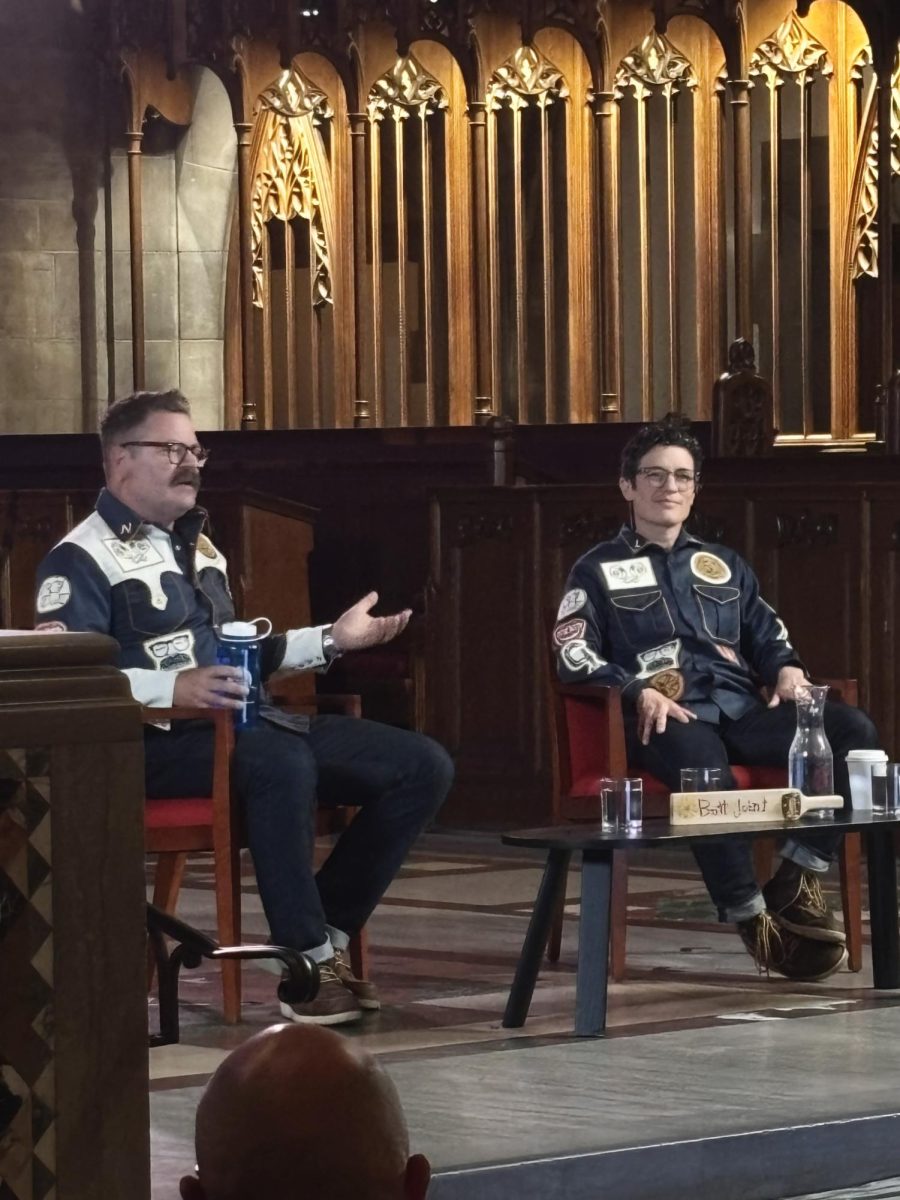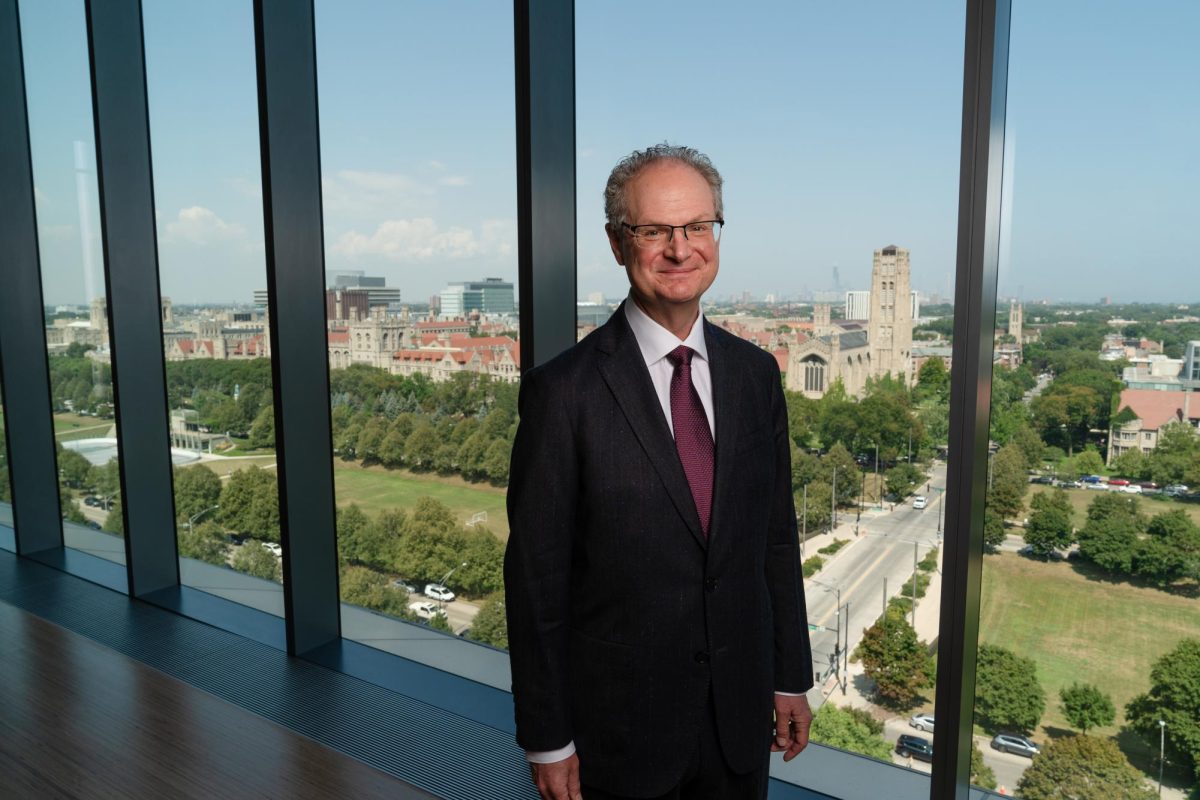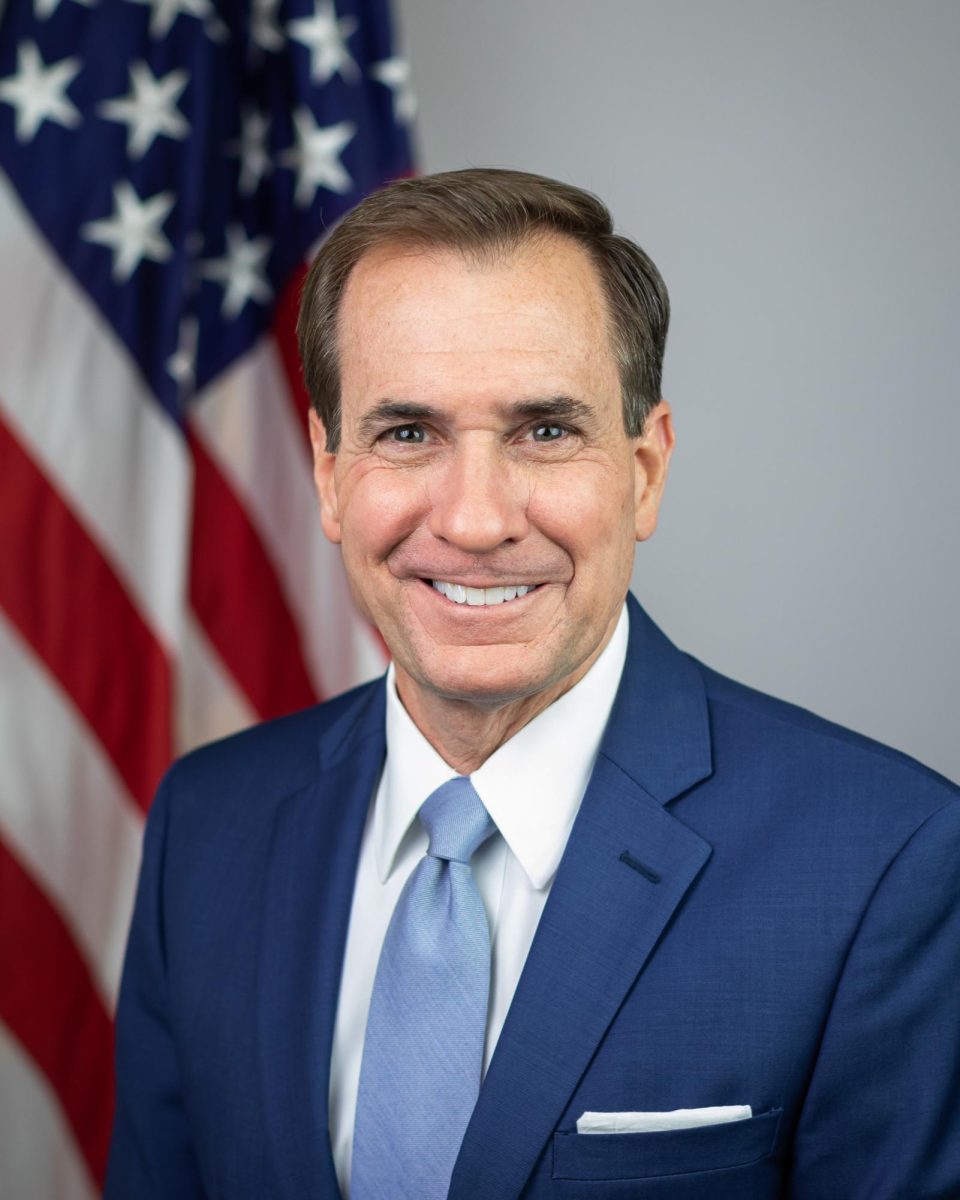University of Chicago and Argonne National Laboratories scientists will have $3.4 million over the next five years to develop tools for the “grand-challenge” problems in climatology, thanks to a grant from the National Science Foundation.
“It’s very troublesome that we don’t understand the physics behind [climate change],” said Dr. Raymond Pierrehumbert, a professor in the University’s Geophysical Sciences department and a specialist in climate simulation and paleoclimatology. “We’re pumping out carbon dioxide at unprecedented levels, and there’s potentially something that could flip us into a hothouse climate.”
Current models of “hothouse” climates such as the Cretaceous era cannot explain both the lack of polar ice caps and the known data about the climate of tropical regions. “There are different climactic dials you have to work with. For example, carbon dioxide levels go up, which leads to global warming. However, if temperatures rise enough to melt the ice caps, then it becomes too hot in tropical areas,” said Pierrehumbert. “There is no satisfactory explanation of how hothouse climates can exist.”
Using the NSF grant, the University will collaborate with Argonne in developing new computer-modeling software using the Python language. Existing methods of simulating climate, especially those that simulate the complex relationship between weather patterns and oceans, require training in arcane programming languages and immense processor power. “If you want to study something new, you essentially have to go in and rewrite the program,” said Pierrehumbert. “With Python, it’s possible that someone working on an honors thesis could build his or her own model.”
Pierrehumbert will even be using the language in his winter-quarter climate change class because of its simplicity and coherence. “You can learn to write a simple program in an hour. I’m hoping that in the first week of class my students will learn enough of the language to serve them for the rest of the quarter,” he said.
The collaboration between geophysicists and computer scientists will focus on building tools to make the practice of climate simulation more accessible to researchers, with an eye towards problems in ocean-atmosphere interaction. “It’s a massive effort to learn how to build a model-building system,” said Pierrehumbert. “We’re building blocks that can be fit together.”
Taking its inspiration from the open-source movement in computer programming, their work will serve as a basis for other researchers and programmers. The simplicity of the Python language and the open nature of the project will allow other geophysicists to integrate new programs with existing ones. For example, a program that describes cloud building could be linked with other weather modeling programs in order to describe a larger system. “We’re trying to do for climatology what Linux did for computer programming in general,” said Pierrehumbert. “Linux works because there’s a standard for how the pieces should fit together. It’s open but not anarchic.”
One aspect of the project is making such methods of integration simpler. Plans include “auto-programmers,” which would allow researchers to program climate simulators effectively without having to know the finer details of the program language and would adapt programs from other languages into Python.
The flexibility of the models the team will create extends beyond applications to our own planet. Pierrehumbert, who received a Guggenheim grant to study the paleoclimatology of Mars at the Ecole Normale Superieur in Paris, said that the models will be able to encompass most solid-surface planets and moons. “Now, if you want to study Mars, you have to get a new model. [With the Python language], we will be able to use them to study climate on earth, or the satellite Triton, or Venus.”
While answers to the grand-challenge problems of climatology will not come immediately, Pierrehumbert hopes that the power and accessibility of Python-language climate simulation will encourage collaboration between scientists, quickening the pace and accuracy of study as answers to the big questions of climatology become increasingly important. “We’re creating a toolkit that someone can use to model today’s climate, or the climate 55 million years ago,” he said.








